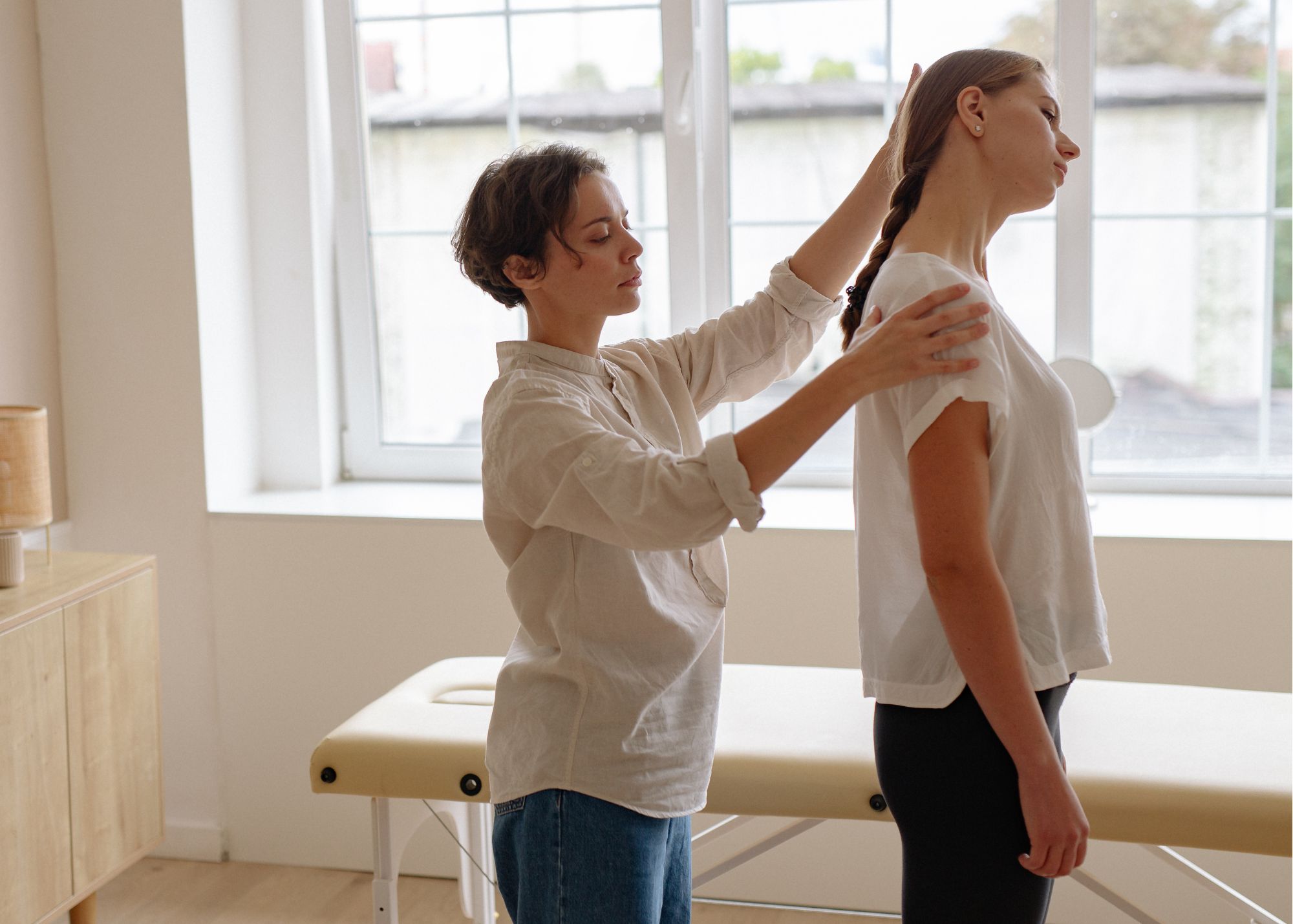Say Goodbye to Poor Posture: How to Reverse Creep with Targeted Exercises
When it comes to achieving better posture, understanding how the body adapts over time is key. Contrary to what many believe, poor posture is not something you’re born with; it’s often the result of habits and activities built up over years. This adaptation, known as “creep,” refers to changes in your muscles and tendons from prolonged positions. Here, we’ll explore how creep affects your posture, how to reverse it, and ways physical therapy can help improve your body’s alignment, reduce pain, and increase mobility.
What Is Creep in Muscles and Tendons?
In the context of posture and movement, “creep” describes the gradual lengthening of connective tissues, including muscles and tendons, from sustained pressure or prolonged positioning. For instance, if your shoulders are frequently slouched forward while sitting, the surrounding muscles adapt by lengthening or shortening. Upper back muscles, like the rhomboids and middle trapezius, may become overstretched, while chest muscles such as the pectorals can shorten, reinforcing a forward-rounded shoulder posture. Similarly, muscles in the neck may lengthen or weaken, contributing to a forward head posture over time.
Is Creep Reversible?
Fortunately, creep is reversible. With guided exercises and postural adjustments, you can gradually correct your alignment. For example, by strengthening the muscles of the upper back and neck, you can counteract the forward head and shoulder posture. Over time, postural improvements relieve stress on your joints and help your body regain its natural, balanced position.
Physical therapy techniques, including targeted exercises, are particularly effective in reversing the effects of creep. Through structured strengthening and mobility work, physical therapists help restore better posture, reduce pain, and promote better overall alignment.
How to Improve Posture at Home
Correcting your posture is achievable with the right approach, even if you spend much of your day sitting. Consistent, small changes in your daily habits can make a significant difference in reversing the effects of creep.
- Daily Strengthening: Focus on shoulder retraction exercises to pull your shoulders back, increasing endurance and improving your ability to maintain better posture.
- Stretching: Loosen tight muscles in your neck and chest, which often limit your range of motion and contribute to poor posture.
- Movement Breaks: Known as “movement snacks,” these are simple, short movements done every 30–45 minutes to break up prolonged sitting. Try a brisk walk, gentle stretching, or even a few squats.
To get the most out of these strategies, set a timer to remind yourself to move regularly throughout the day. If sitting at a desk or watching TV, do a light “chin tuck” every 5–10 minutes to reset your neck position and pull your shoulders back.
Building Healthy Habits for Long-Term Posture Improvement
One of the most common issues people face with posture correction is simply remembering to work on it consistently. By establishing routines that incorporate frequent movement and postural adjustments, you’ll see gradual improvements in both posture and comfort. Physical therapists offer personalized support, making them ideal partners in your journey to better posture.
AzOPT Physical therapy in Arizona offers comprehensive postural education and guidance, helping you achieve sustainable results through individualized exercises and hands-on techniques. If you’re experiencing pain or stiffness related to posture, a licensed physical therapist can assess your specific needs and create a plan tailored to you.
Improving your posture takes dedication, but the benefits are well worth the effort. Connect with an AzOPT physical therapist in Arizona today to take control of your posture and feel your best at work, home, and beyond!







